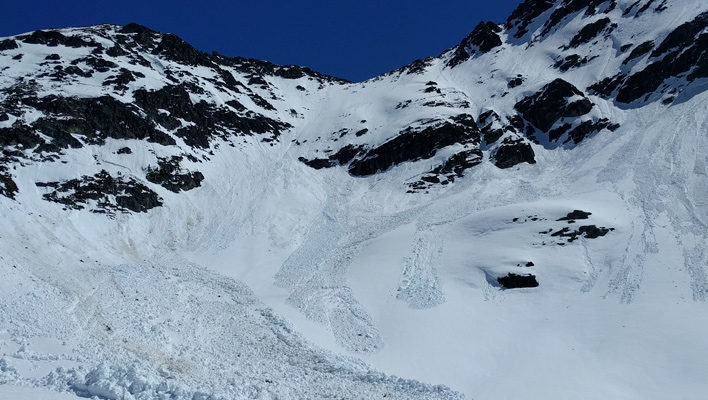As the spring approaches, many of us turn our attention to steeper, more technical lines higher in the mountains. The layers of snow that formed throughout the winter begin to gain strength and the avalanche problem is less complicated—it’s ski mountaineering season! But as the temperatures climb, wet avalanches become a more regular, primary concern.
Mountain Skills: Anticipating Point Release Avalanches
Mountain Skills: How to Prepare for Your Level 1 Avalanche Course

Beacon. Shovel. Probe. For years, these have been the standard required tools for heading into the backcountry. But what good are they without the proper training in how to recognize hazards and use them effectively? That’s where a 24-hour Level 1 avalanche certificate course comes into play.
Mountain Skills: Why You Should Upgrade Your Avalanche Transceiver
Imagine your best friend buried under frozen avalanche debris. Precious minutes have passed, and you are still fumbling around on the debris surface because the outdated transceiver you are searching with is unreliable and malfunctioning. According to Dale Atkins, former president of the American Avalanche Association and a 30-year avalanche professional, any transceiver more than 10 years old should be retired, even if it has hardly been used.
Mountain Skills: How to really read the avalanche forecast
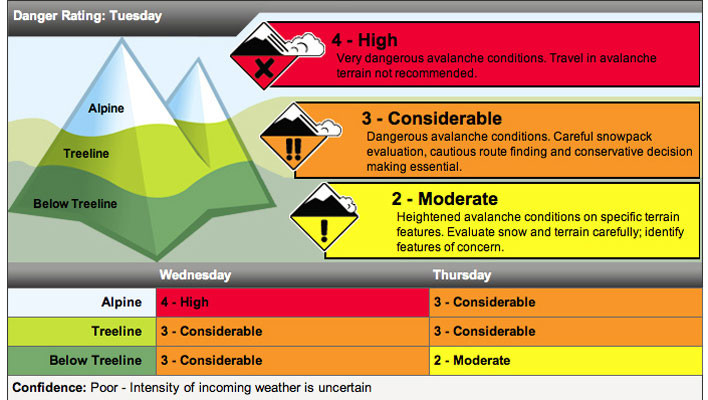
Avalanche forecast centers do a great job informing backcountry travelers about current conditions, weather patterns and the avalanche danger. In fact, when you start digging, there is a huge amount of information on an avalanche forecast center’s website. But to get the most out of the forecast and prioritize information, don’t just stop at the danger rating—use the forecast center’s site as a resource regarding past, current and future conditions.
Mountain Skills: Why Take Avy Two?
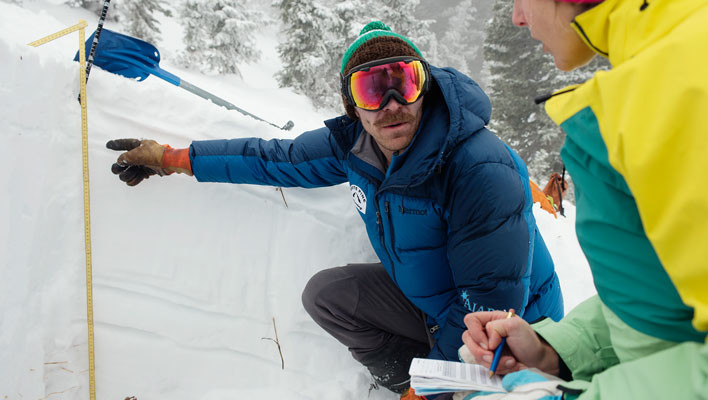
While most backcountry users end their formal avalanche training after Avy One, snow safety requires constant education.
Mountain Skills: Jill Fredston on 20 years of education, safety and snow science
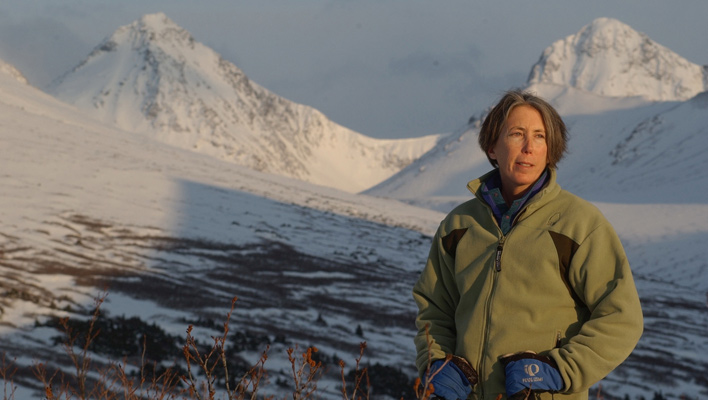
Jill Fredston, 56, is a longtime avalanche forecaster and educator in Alaska who coauthored “Snow Sense” with her husband and fellow avalanche guru, Doug Fesler. Here’s an excerpt from our conversation on 20 years of education, safety and snow science.
Mountain Skills: Bruce Tremper on 20 years of education, safety and snow science

Bruce Tremper, 61, has been director of the Utah Avalanche Center since 1986 and is the author of the seminal book “Staying Alive in Avalanche Terrain.” Here’s an excerpt from our conversation on 20 years of education, safety and snow science.
Mountain Skills: Brian Lazar on 20 years of education, safety and snow science
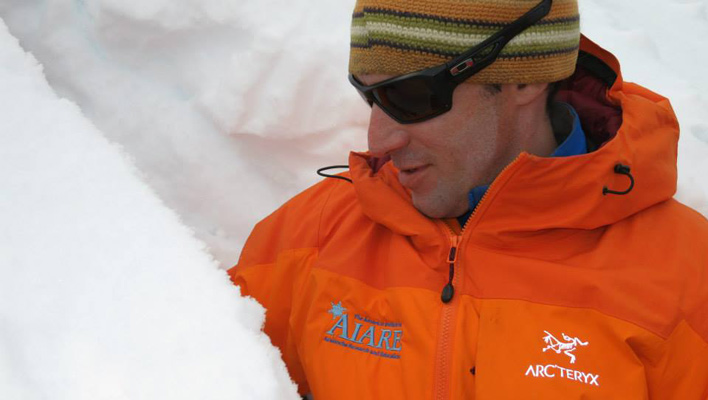
Brian Lazar, 40, is the deputy director of the Colorado Avalanche Information Center and the former executive director of AIARE. He is based in Boulder, Colorado. Here’s an excerpt from our conversation on 20 years of education, safety and snow science.
Mountain Skills: Manuel Genswein on 20 years of education, safety and snow science
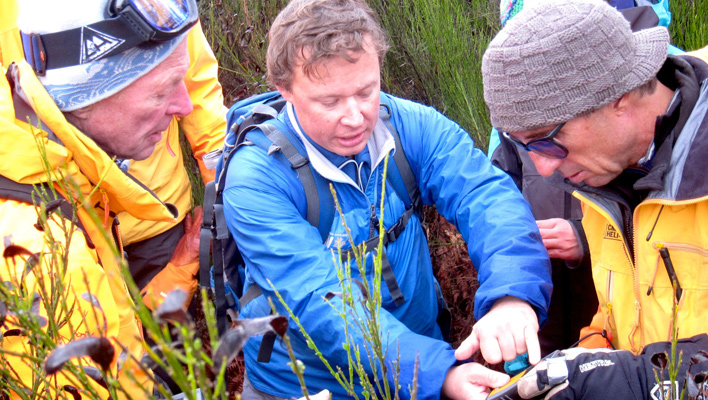
Manuel Genswein, 40, is a native of the Swiss Alps who lives in Meilen and has done snow-safety work in 29 countries. Using an electronic engineering background, he has also developed rescue products and techniques that have been applied around the world. Here’s an excerpt from our conversation on 20 years of education, safety and snow science.
Mountain Skills: Ilya Storm on 20 years of education, safety and snow science
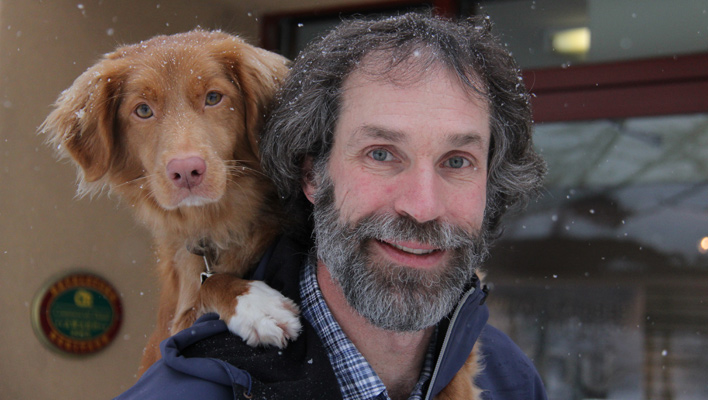
Ilya Storm, 50, is the forecast coordinator for Avalanche Canada. Storm lives in Revelstoke, B.C., just down the road from Rogers Pass. Here’s an excerpt from our conversation on 20 years of education, safety and snow science.


